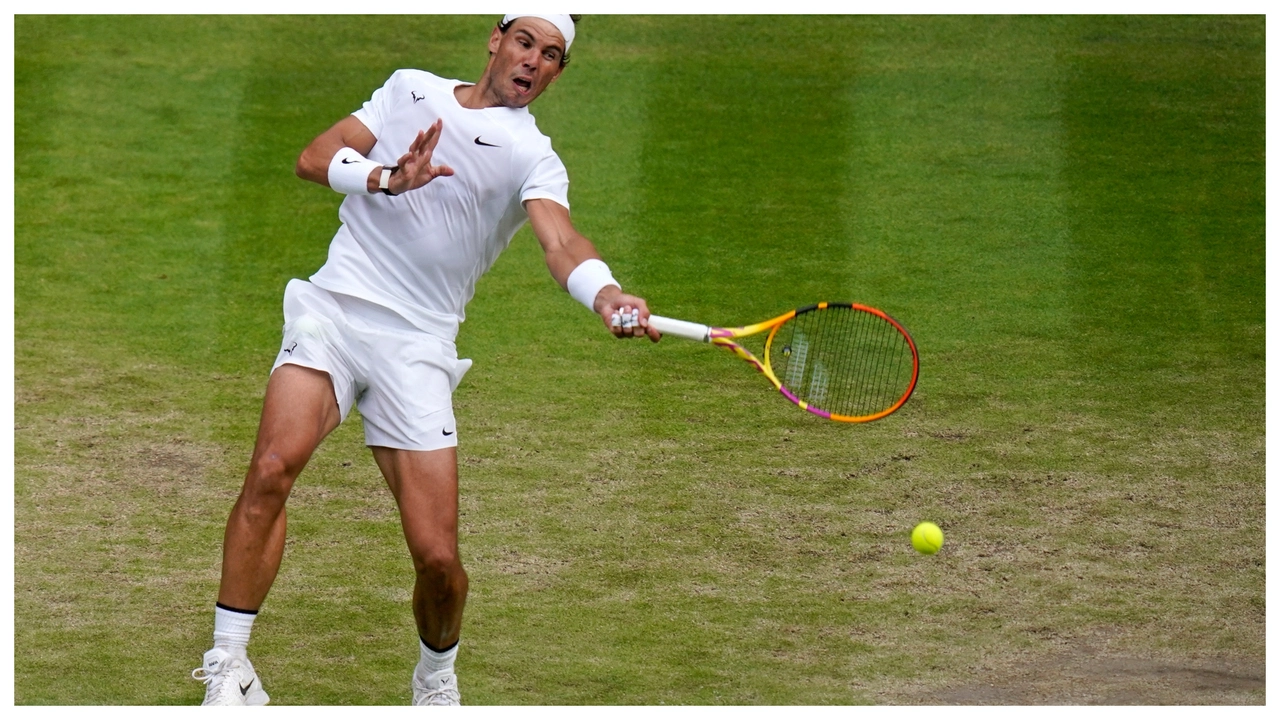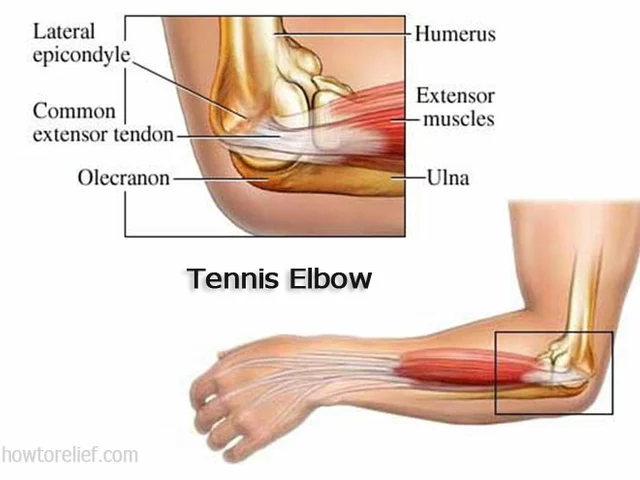
Introduction: The Tennis Timeframe
As an ardent tennis fan, I've spent countless hours watching intense matches that seem to go on forever. From the thrilling five-setters at Wimbledon to the grueling clay-court battles at Roland Garros, the duration of a tennis match can vary greatly. Understanding how much time is spent playing in a tennis match not only provides insight into the physical demands of the sport, but also assists in scheduling and planning for tournaments and events.
The Factors Influencing Match Duration
Several elements come into play when determining the length of a tennis match. The playing surface, the players' style of play, and the format of the match significantly contribute to its duration. For instance, matches on clay courts tend to last longer due to the slower ball speed, while aggressive players who opt for quick points can shorten the match time. Similarly, best-of-five set matches will naturally last longer than best-of-three set contests.
Understanding the Structure of a Tennis Match
A standard tennis match is either a best-of-three or best-of-five sets. Each set consists of at least six games, and a player needs to win by two games to secure the set. In case of a 6-6 draw, a tie-break game is played to determine the set winner. Depending on the intensity of the rally and the time taken between points, a single set can last anywhere between 20 minutes to an hour.
Time Spent on Court: Singles Matches
In singles matches, the median match length in Grand Slam tournaments is approximately two and a half hours for men and two hours for women. These are best-of-five and best-of-three set matches respectively. However, there have been extreme cases like the epic encounter between John Isner and Nicolas Mahut at Wimbledon 2010, which lasted 11 hours and 5 minutes over three days!
Time Spent on Court: Doubles Matches
Doubles matches, with their emphasis on quick points and volleying, tend to be shorter. The typical doubles match at a Grand Slam lasts about one and a half to two hours. Mixed doubles, with its unique combination of men's power and women's finesse, can extend or shorten this duration depending on the teams' strategies.
The Impact of the Serve Clock
The introduction of the serve clock in professional tennis has also impacted match durations. Players now have a limited time to serve after the conclusion of the previous point. This rule has been implemented to speed up the game and make it more viewer-friendly. However, the impact on the actual playing time has been minimal as players often utilize the full allotted time.
Conclusion: The Unpredictable Nature of Tennis
Ultimately, the duration of a tennis match is highly unpredictable. It's one of the aspects that make the sport so exciting. Whether it's a swift straight-set victory or a marathon five-setter, every tennis match offers a unique blend of physical endurance, mental toughness, and technical skill. As we continue to enjoy this wonderful sport, let's appreciate the time and effort that players put into every match, regardless of its length.


